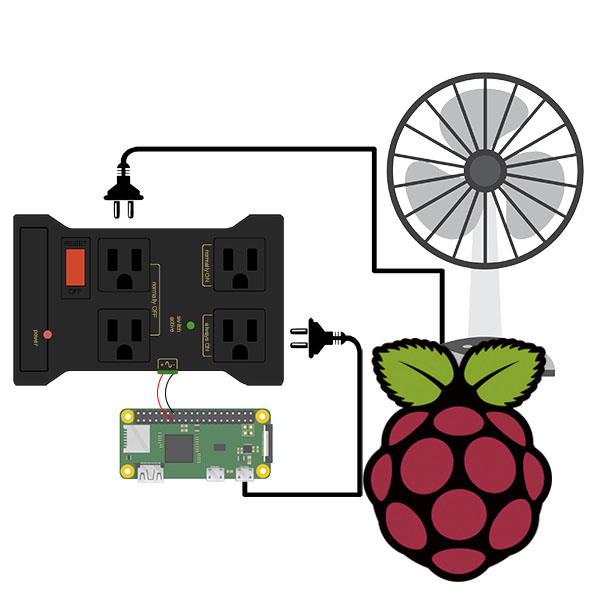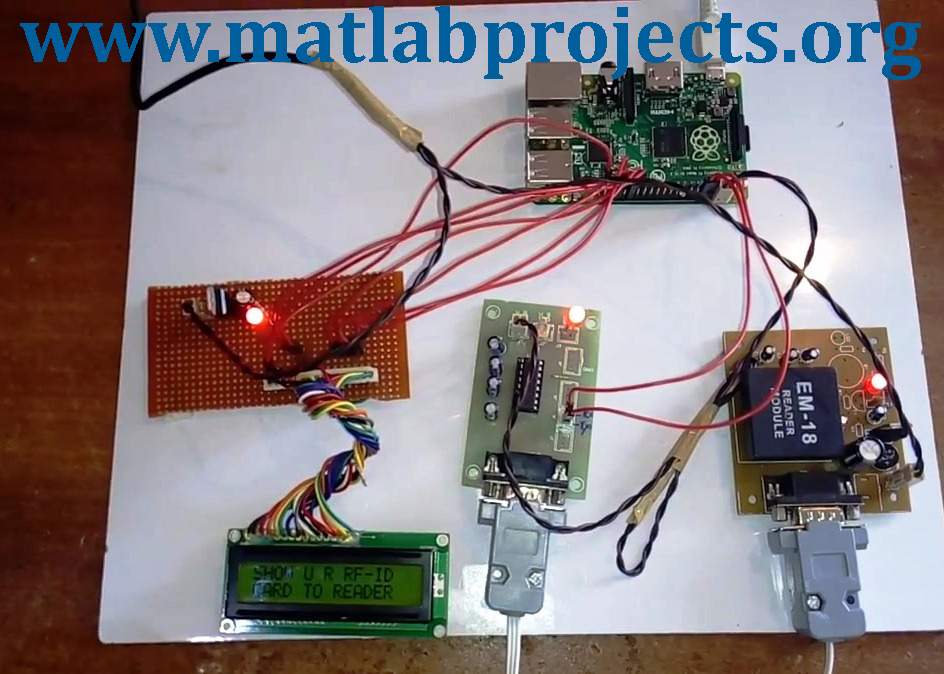Ever wondered how you can use a Raspberry Pi to create secure IoT projects integrated with VPCs in the cloud? Well, buckle up because this article’s about to take you on an incredible journey into the world of Raspberry Pi VPC IoT projects. From setting up your hardware to connecting it with cloud services, we’ll cover everything you need to know. Whether you’re a tech enthusiast or a seasoned developer, this guide will give you the confidence to dive into the world of IoT cloud integration.
Nowadays, the Internet of Things (IoT) isn’t just a buzzword—it’s a reality that’s changing how we interact with technology. And when it comes to building IoT projects, the Raspberry Pi is the ultimate powerhouse. But what happens when you combine the flexibility of a Raspberry Pi with the security and scalability of a Virtual Private Cloud (VPC)? You get a setup that’s not only robust but also future-proof.
So why should you care? Because Raspberry Pi VPC IoT projects allow you to create smart, secure, and scalable systems that can automate your home, monitor your environment, or even power industrial applications. In this guide, we’ll break down every step, from the basics to advanced configurations, so you can start building your own projects in no time. Let’s get to it!
Read also:Miami Heat A Legacy Of Excellence In The Nba
What Are Raspberry Pi VPC IoT Projects?
Raspberry Pi VPC IoT projects are all about integrating your Raspberry Pi devices with cloud-based Virtual Private Clouds (VPCs) to create secure and scalable IoT solutions. In simpler terms, it’s about connecting your Raspberry Pi to the cloud in a way that keeps your data safe while giving you the flexibility to manage and monitor your IoT devices from anywhere.
Here’s the deal: IoT projects can quickly become messy if you don’t have the right infrastructure. That’s where VPCs come in. A VPC acts like a private network within the cloud, allowing you to isolate your IoT devices from the public internet. This setup not only enhances security but also gives you more control over how your devices communicate with each other and the cloud.
Why Use Raspberry Pi for IoT Projects?
The Raspberry Pi has become the go-to device for IoT enthusiasts, and for good reason. Here are some of the top reasons why Raspberry Pi is perfect for VPC IoT projects:
- Cost-Effective: Raspberry Pi boards are affordable, making them ideal for both hobbyists and professionals.
- Versatile: With a wide range of GPIO pins and support for various operating systems, Raspberry Pi can handle almost any IoT project you throw at it.
- Community Support: The Raspberry Pi community is huge, meaning you’ll never run out of tutorials, forums, and libraries to help you along the way.
- Scalability: Whether you’re building a small home automation system or a large-scale industrial application, Raspberry Pi can scale with your needs.
Understanding VPCs in IoT
A Virtual Private Cloud (VPC) is essentially a private network within the cloud. When you integrate your Raspberry Pi with a VPC, you’re creating a secure environment where your IoT devices can communicate without being exposed to the public internet. This is crucial for maintaining data privacy and preventing unauthorized access.
Key Benefits of Using VPCs for IoT
- Security: VPCs provide an additional layer of security by isolating your IoT devices from the public network.
- Flexibility: You can easily configure firewalls, subnets, and access controls to tailor your VPC to your specific needs.
- Scalability: As your IoT project grows, you can scale your VPC resources to accommodate more devices and data.
Setting Up Your Raspberry Pi for VPC IoT Projects
Before you can start building your Raspberry Pi VPC IoT projects, you’ll need to set up your hardware and software. Here’s a step-by-step guide to get you started:
Step 1: Choose the Right Raspberry Pi Model
Not all Raspberry Pi models are created equal. For IoT projects, you’ll want a model with enough processing power and memory to handle the tasks you have in mind. The Raspberry Pi 4 Model B is a popular choice for IoT projects due to its quad-core processor and up to 8GB of RAM.
Read also:Raspberry Pi Remote Ssh From Anywhere Not Working Windows 10 The Ultimate Troubleshooting Guide
Step 2: Install an Operating System
Once you’ve got your Raspberry Pi, you’ll need to install an operating system. Raspberry Pi OS is the official operating system for Raspberry Pi devices and is a great choice for most IoT projects. However, depending on your specific needs, you might also consider other lightweight options like Ubuntu Core or BalenaOS.
Step 3: Configure Network Settings
Connecting your Raspberry Pi to the internet is essential for any IoT project. Make sure you configure your network settings correctly, whether you’re using a wired or wireless connection. If you’re planning to use a VPC, you’ll also need to set up a static IP address for your Raspberry Pi.
Connecting Raspberry Pi to a VPC
Connecting your Raspberry Pi to a VPC involves several steps, including setting up a cloud provider account, configuring your VPC, and establishing a secure connection between your Raspberry Pi and the cloud. Here’s a high-level overview of the process:
Step 1: Choose a Cloud Provider
There are several cloud providers that offer VPC services, including AWS, Google Cloud, and Microsoft Azure. Each provider has its own strengths, so choose the one that best fits your project requirements.
Step 2: Create a VPC
Once you’ve chosen a cloud provider, you’ll need to create a VPC. This involves setting up subnets, configuring security groups, and defining access controls. Most cloud providers offer easy-to-use dashboards and command-line tools to help you set up your VPC.
Step 3: Connect Your Raspberry Pi to the VPC
Connecting your Raspberry Pi to the VPC typically involves setting up a secure tunnel or using a cloud SDK to establish a connection. This step may vary depending on the cloud provider you choose, so be sure to consult the provider’s documentation for detailed instructions.
Building Your First Raspberry Pi VPC IoT Project
Now that you’ve got your Raspberry Pi connected to a VPC, it’s time to start building your first IoT project. Here are a few ideas to get you started:
- Smart Home Automation: Use your Raspberry Pi to control smart home devices like lights, thermostats, and security systems.
- Environmental Monitoring: Set up sensors to monitor temperature, humidity, and air quality, and send the data to your VPC for analysis.
- Industrial IoT: Deploy Raspberry Pi devices in industrial settings to monitor equipment performance and predict maintenance needs.
Troubleshooting Common Issues
As with any technology, you’re bound to run into a few issues when working on Raspberry Pi VPC IoT projects. Here are some common problems and how to solve them:
Issue 1: Connectivity Problems
If your Raspberry Pi can’t connect to the VPC, check your network settings, firewall rules, and security group configurations. Make sure your Raspberry Pi has the correct IP address and that it’s allowed to communicate with the VPC.
Issue 2: Data Security Concerns
To ensure your data is secure, use encryption for all communication between your Raspberry Pi and the VPC. Additionally, regularly update your software and firmware to protect against vulnerabilities.
Best Practices for Raspberry Pi VPC IoT Projects
Here are some best practices to keep in mind when working on Raspberry Pi VPC IoT projects:
- Use Strong Passwords: Always use strong, unique passwords for your Raspberry Pi and cloud accounts.
- Regularly Update Software: Keep your operating system and applications up to date to protect against security threats.
- Monitor Performance: Regularly check the performance of your Raspberry Pi and VPC to ensure everything is running smoothly.
Future Trends in Raspberry Pi VPC IoT Projects
The world of IoT is constantly evolving, and Raspberry Pi VPC IoT projects are no exception. Here are a few trends to watch out for:
- Edge Computing: As more IoT devices are deployed, edge computing will become increasingly important for processing data closer to the source.
- AI Integration: Artificial intelligence will play a bigger role in IoT projects, enabling devices to make smarter decisions based on real-time data.
- 5G Connectivity: The rollout of 5G networks will provide faster and more reliable connectivity for IoT devices, opening up new possibilities for Raspberry Pi VPC IoT projects.
Conclusion
Raspberry Pi VPC IoT projects offer a powerful way to create secure, scalable, and future-proof IoT solutions. By combining the flexibility of a Raspberry Pi with the security of a Virtual Private Cloud, you can build systems that are not only functional but also safe from cyber threats.
So what are you waiting for? Grab your Raspberry Pi, set up your VPC, and start building your dream IoT project today. And don’t forget to share your experiences and creations with the community. Who knows? Your project might just inspire the next big thing in the world of IoT!
Table of Contents
- What Are Raspberry Pi VPC IoT Projects?
- Why Use Raspberry Pi for IoT Projects?
- Understanding VPCs in IoT
- Setting Up Your Raspberry Pi for VPC IoT Projects
- Connecting Raspberry Pi to a VPC
- Building Your First Raspberry Pi VPC IoT Project
- Troubleshooting Common Issues
- Best Practices for Raspberry Pi VPC IoT Projects
- Future Trends in Raspberry Pi VPC IoT Projects
- Conclusion


